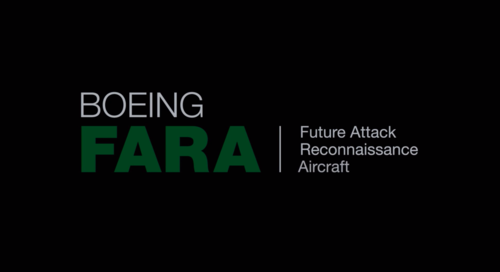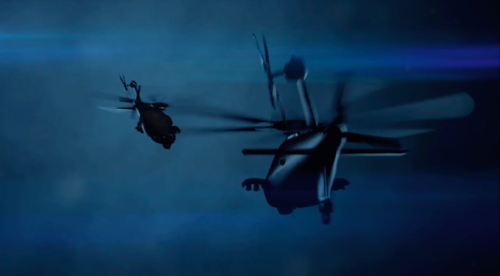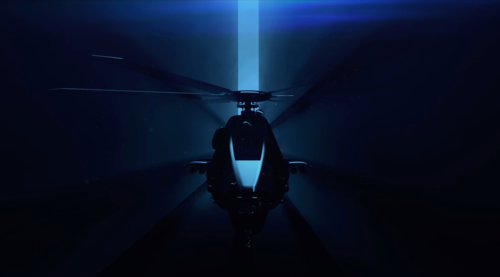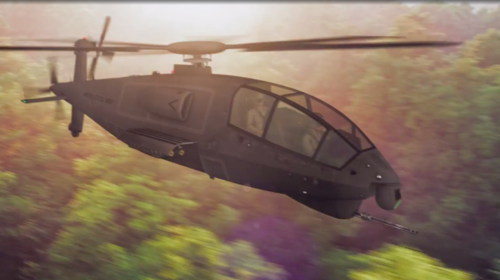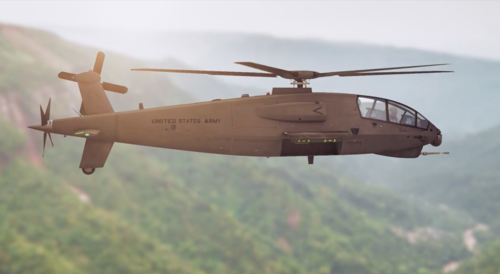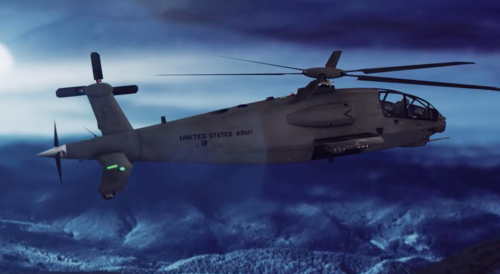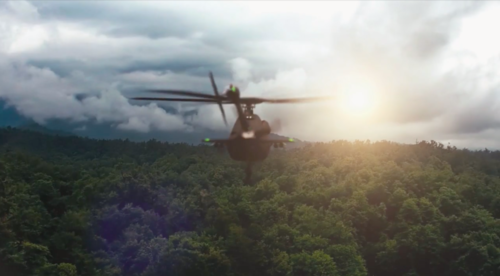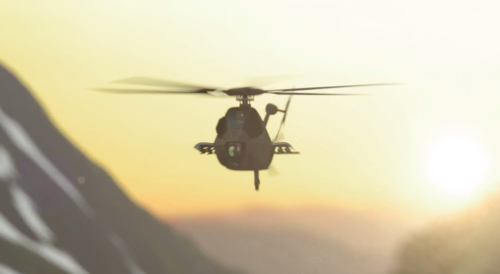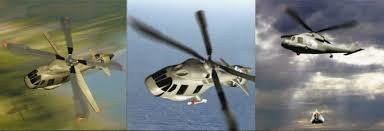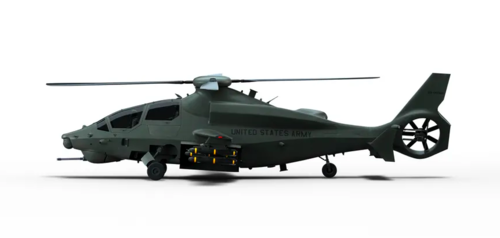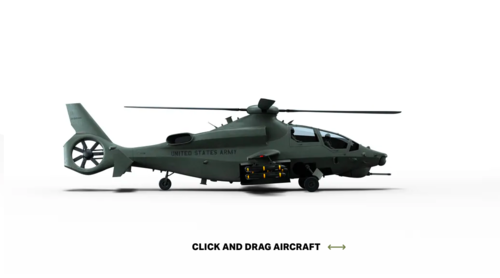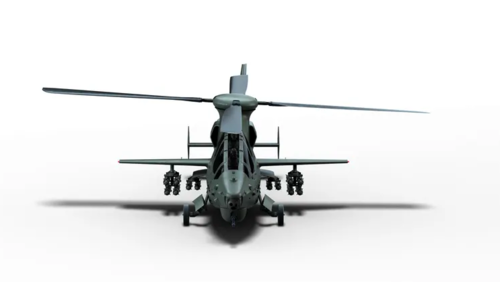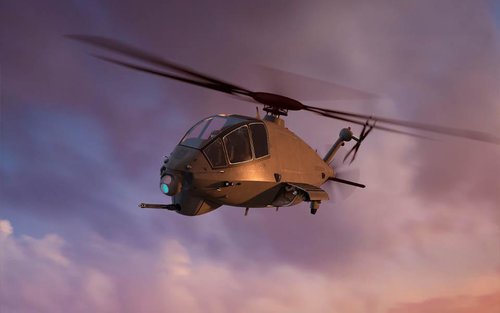I'm sure there are financial reasons why a contractor would rather come up with a new design instead of revisiting one that never entered series production.
After 16 years since cancellation, your first challenge will be finding the project documentation, next challenge, trying to figure out if any of your computers can read it. (I was once tangentially involved in an in-project attempt to see if we could do this on one of our prior development iterations, it didn't go well, even though we were only a year or two on from archiving it). Assuming you can read everything, you then have to deal with component obsolescence, and at 16 years out of date, on a project that was initiated almost 40 years ago, and where the developmental hardware first flew almost a quarter of a century ago. You're at 'it's cheaper to throw it away and start over' even before your engineers start trying to figure out the logic of design decisions that in some cases will have been made before they were born.
It's almost certainly quicker and cheaper to start over.
(On a software basis, Comanche was an Ada aircraft, so you'd need to source Ada literate engineers to work on the software, even if just to convert it to C++. We're out there, but the difficulty of sourcing enough of us, when C++ has wider applicability outside defence meaning most engineers prefer to have it on their CV, not Ada, meant DoD had to opt to go C++ on F-35.)



